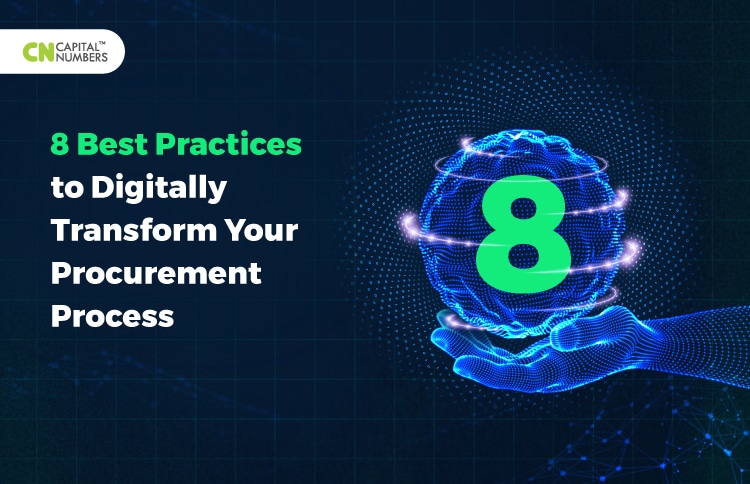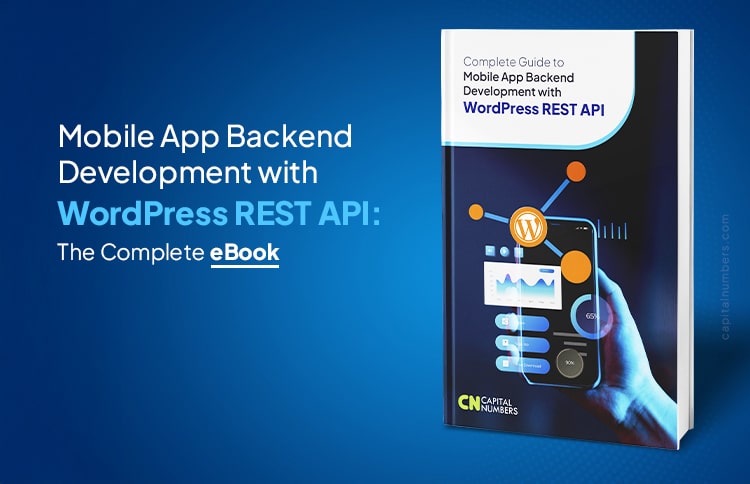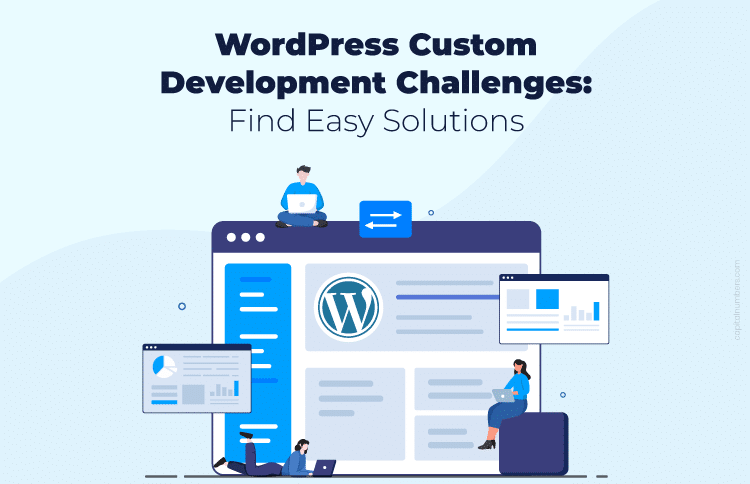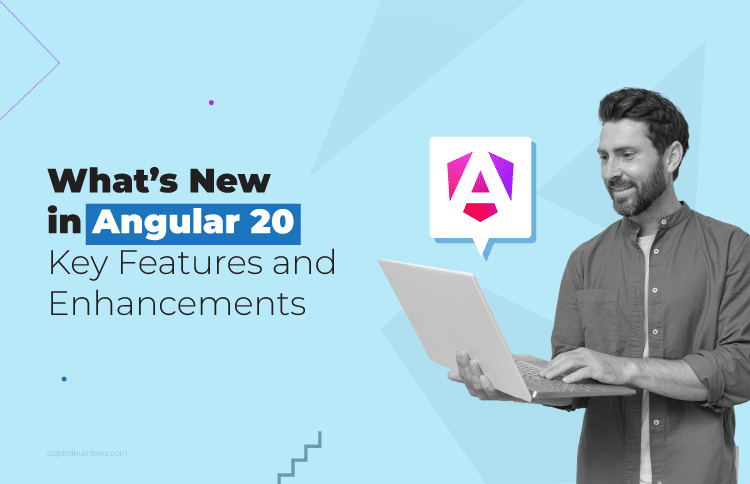8 Best Practices to Digitally Transform Your Procurement Process
Table of Contents
Procurement is a tricky term; digital procurement is even a tricker one to nail down. Procurement is often used interchangeably with sourcing or purchasing, despite occupying different roles. While purchasing is a cut-and-dry practice, focusing on money spent and goods acquired, procurement is a broader responsibility. And digital procurement software simplifies the process within an electronic space.
As established companies adopt procurement digital transformation strategies to remain viable in the competitive market, agile startups leave no stone unturned to exist and survive in the digital sphere. But if you are wondering how to start with or what the practices are to stress on, read on-
Types of Procurement Strategies in 2022
- Cost reduction
- Risk management
- Supplier management & optimization
- Green purchasing
- Global sourcing
- Total Quality Management (TQM)
Best Practices to Improve Procurement Digital Transformation
1. Invest in a Digital Adoption Platform
Designed by considering your users and tools in mind, a digital adoption platform (DAP) can offer you the best solution. Internal and external procurement teams can be onboarded, trained, and put to work simultaneously with the help of step-by-step interactive walkthroughs.
If you’ve identified ineffective processes, create and dispatch customizable guides for the procurement process. Are your users not engaged? You can improve their handling of tools with action-activated guides and a ‘learning by doing’ approach by opting for digital transformation consulting services.
2. Define Strategic Procurement Policies
Long-winded security procedures are vital to qualify for a new supplier. But it will be a painstaking task for you if you have many worldwide suppliers and want to build relationships with each supplier. You need to harbor different high-level tasks; mitigating these risks requires different resources. Instead, mitigate from the beginning by defining supplier onboarding practices.
Create a comprehensive process of steps to help you:
- Formalizing planning of the entire process
- Conducting due diligence
- Training and onboarding suppliers
Conduct a SWOT analysis of your environment and consider the risks of modifying existing procurement policies. And working from existing policies will guide you to align your new ones with business needs.
3. Communicate With Your Teams
Communication is the key. By ensuring that all stakeholders are on the same page, consistent and effective communication with your teams can contribute to sustainable success. Pay attention to your teams and suppliers to pinpoint the pain points and inefficient procedures as they happen.
As these relationships are mutually beneficial, they need nurturing on a professional level. Your partnership can lessen the effects on your supply chain or business area in the event of unanticipated conflict and disruption.
4. Manage Inventory
Consider your inventory as a component of your profitability. If you manage your inventory well, you won’t ever have too much or too little stock to fulfill demand. Purchasing inventory management tools is a crucial component of inventory management. While selecting tools, ensure it’s suitable for your business and minimize human error, including errors, orders, stocks, raw materials, etc.
Also Read: Top 7 Digital Transformation Strategies That Businesses Should Incorporate
5. Pick the Right Digital Procurement Tool
It’s simple to give your users more time by centralizing and standardizing information. Finding and transmitting data can be time-consuming, often taking hours.
According to a recent study by McKinsey, employees spend 1.8 hours/day – 9.3 hours/week on average searching and gathering information.
The same is relevant to procurement software. A centralized purchasing solution means your team won’t need to juggle different tools, helping improve their overall productivity and attention.
6. Standardized Methods:
These methods are essential ways to save time and improve compliance. It’s an optimization method that all business units can follow. For a simpler manner to monitor results, these processes can set benchmark criteria and norms.
These common internal processes can gradually cut down on human error. Additionally, it’s an excellent technique for developing a fair and transparent supplier selection process.
7. Automate Time-consuming Processes
Procurement and additional automation software may seem intimidating and costly, but the reality is not so. The software can save you days for a year by leveraging automated assistance on your complex tasks.
A recent study found that 51% of businesses said their main priority was to invest in technology that automated their procurement process. Businesses lower the cost from requisition to order in half, and the time it takes to complete a transaction by 48%.
8. Enhance Workforce Training
The time it takes to integrate a new supplier into your procurement process will depend on the size of your business. Software purchases, unlike the majority of other items, aren’t utilized frequently, therefore, require a more innovative training solution.
Bottom Line
Digital transformation in procurement needs a company to have foundational e-procurement technology to reap the benefits of digital initiatives. Business leaders must also defend their digital transformation initiatives to their shareholders and stakeholders and the financial investment in procurement.
And to take ahead in this journey, choose Capital Numbers for digital transformation services. Our tech-savvy developers help you adopt a digital procurement strategy, grow fast in the digital realm, and stand the test of time. To know more, book a call today!















